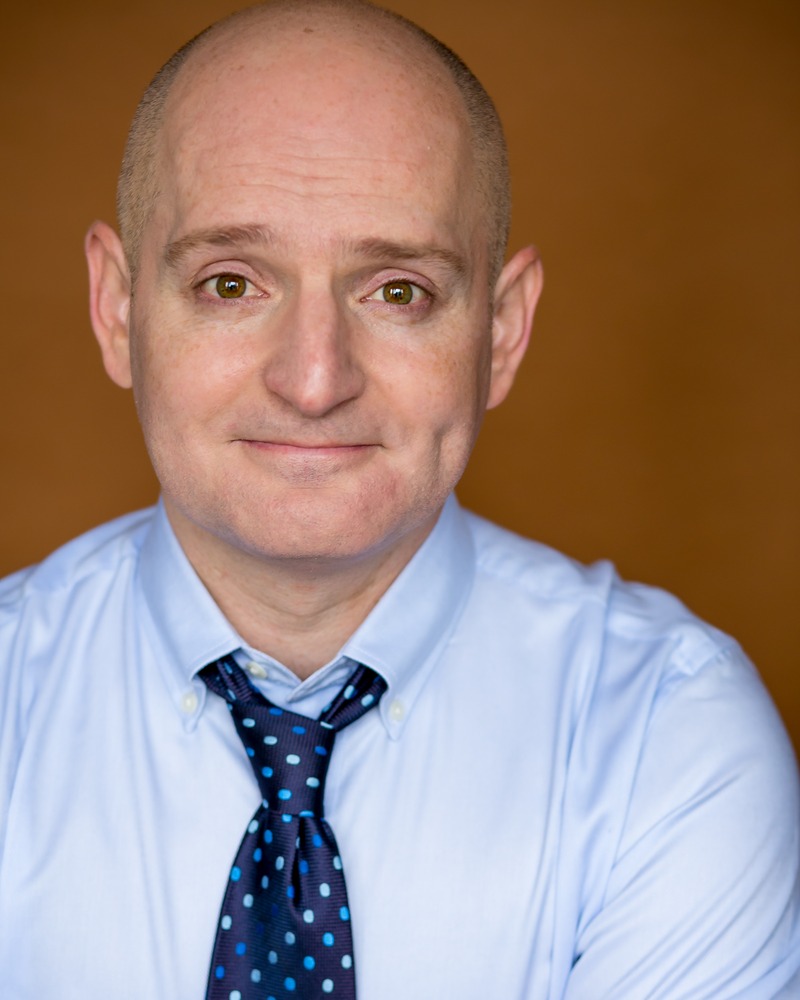My next film for Matt vs. the Academy was a classic from the 1964 Best Picture contest...

.jpg)

Dr. Strangelove
Director:
Stanley Kubrick
Screenplay:
Stanley Kubrick, Terry Southern & Peter George
(based on the novel "Red Alert" by Peter George)
Starring:
Peter Sellers, George C. Scott, Sterling Hayden, Keenan Wynn, Slim Pickens
Academy Awards:
4 nominations
0 wins
By the title alone, you might be excused for thinking Dr. Strangelove is a James Bond film. Until, of course, you take into account the whimsical sub-title, How I Learned To Stop Worrying And Love The Bomb. Then it becomes clear that this is a delightfully irreverent satire of the apocalyptic fear encapsulating the world during the Cold War. When a U.S. Air Force general (Hayden) loses his marbles and orders an unprovoked nuclear attack on the Soviet Union, his British executive officer (Sellers) unsuccessfully attempts to recall the planes. In the Pentagon's War Room, the President of the United States (Sellers again), with the aid of General Buck Turgidson (Scott), tries to find a way out of this potentially awkward political situation. Unfortunately, the Soviets inform them of an automatic doomsday machine set to annihilate all life on earth in the event of an attack on Russian soil. Weapons expert Dr. Strangelove (Sellers once more) is also of little help to the President as one B-52 crew continues on their path to drop the bomb.
One is struck immediately by the absurd character names featured in this classic black comedy. General Buck Turgidson, President Merkin Muffley, Brigadier General Jack D. Ripper, Colonel Bat Guano, Lieutenant Lothar Zogg. Even the locations are caught up in the mayhem - the story begins at Burpelson Air Force Base. What makes this lunacy work so well is the dry style in which it is all delivered. And it's not just the ludicrous names. All sorts of odd and quirky things litter the serious predicament in which these characters find themselves and yet no mention is ever given to them. Dr. Strangelove struggles to keep his seemingly independent right arm from jerking itself into a Nazi salute, but nobody calls him on it. At one point, George C. Scott literally falls over backwards in the middle of a line, but he rises again just as swiftly and not a word is said about it.
The dry wit permeates all aspects of Dr. Strangelove. The now famous line, "You can't fight in here, this is the War Room," is one such example. Another scene involves the British officer attempting to phone the President with news of how to recall the planes only to discover he doesn't have enough change to make the call. His interchange with the operator is a pure delight. This practice of setting mundane everyday life experiences against the gravely important situation that is unfolding is superbly executed.
.jpg)
Adding to the acerbic nature of the film is the surreal set design by frequent Bond film designer Ken Adam. The War Room (pictured) is an evocatively dark and looming room that is somehow both claustrophobic and spacious. With the dozens of men sitting around the circular table crowned with low-hanging lights, there is a definite sense that something ridiculously important happens here.
George C. Scott's performance in this film can only be described as wild. Apparently he resented director Stanley Kubrick's insistence that he overact, but the craziness is so wonderfully playful that it's hard to imagine it any other way. In a lesser actor, it might indeed seem over the top, but Scott manages to root his character in a deep sense of truth and seriousness that you buy the whole thing, pratfalls and all. However, it is Peter Sellers that steals the show here with his Oscar-nominated portrayal of three very different characters. His Dr. Strangelove is genuinely fantastic and traditionally the most memorable, but I found his other two characters even more entertaining. By most accounts, he improvised a lot of his dialogue, which only makes it more impressive, particularly the scenes in which he speaks to the unseen Soviet Premier over the phone. It almost feels like a lovers' spat. Keep an eye out also for James Earl Jones in his first film role as one of the crew aboard the B-52 plane.
Despite the thoroughly entertaining style of Dr. Strangelove, I did find the ending somehow unsatisfying, maybe just because it is so abrupt. Then again, that's probably the point.

.jpg)

.jpg)



.jpg)




